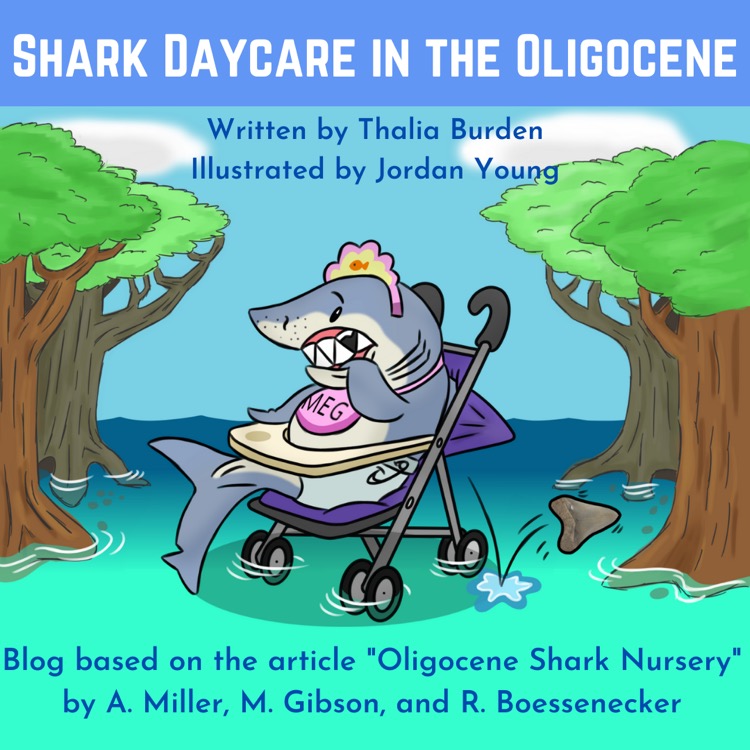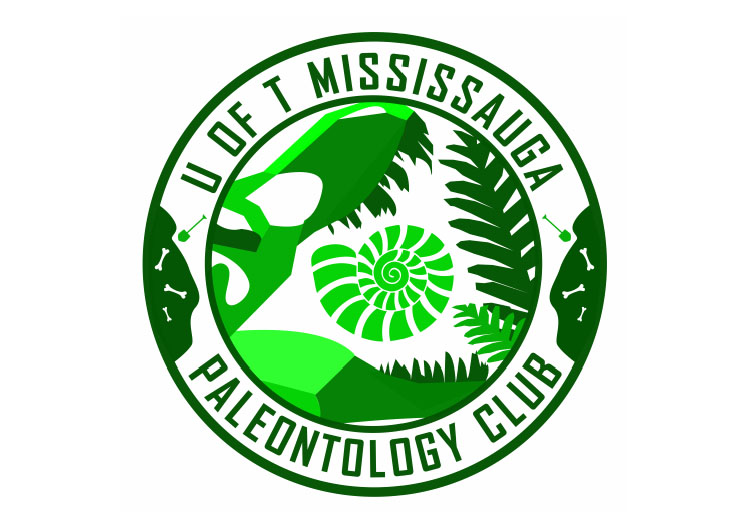
Shark Daycare in the Oligocene - Blog
Throughout the Eocene, large-bodied sharks belonging to the extinct genus Carcharocles were roaming the waters across the world. Strata dating to the later Oligocene epoch has recently shed light on marine nurseries supporting the growth and safety of young members of the shark species Carcharocles angustidens. These nursery areas acted as suitable locations for sharks in the process of maturing because they housed an abundance of prey for the juveniles and also lacked larger predatory sharks. Evidence for these shark nurseries has been based on tooth remains belonging to juvenile individuals. Researchers have been able to use teeth to estimate the body lengths of extinct sharks. In a recent 2021 study, teeth found in strata known as the Chandler Bridge and Ashley Formations were analyzed to determine the body lengths of Carcharocles angustidens individuals living around 29-23.5 Ma. The collected teeth of this species were either anteriorly or laterally positioned in the mouth, and they were characteristically serrated with triangular lateral cusps, U-shaped roots, and narrow crowns. Using calculations from the tooth remains, the researchers of the study estimated the largest adult sharks belonging to this group to be around a maximum length of 10-11 m. Despite this, most of the recent teeth collected from the Chandler Bridge Formation belonged to juvenile individuals and neonates or newborn sharks. In addition to this area housing an abundance of prey and mostly younger sharks, the researchers from this study also attribute this location to a shark nursery because of its position in relatively shallow waters. Overall, based on their findings, researchers have recently obtained measurements from extinct shark teeth demonstrating that the Chandler Bridge Formation served as a shark nursery for the species Carcharocles angustidens during the Oligocene. The link to the full article can be found here: https://doi.org/10.26879/1148
 CLOSE SIDEBAR
CLOSE SIDEBAR
